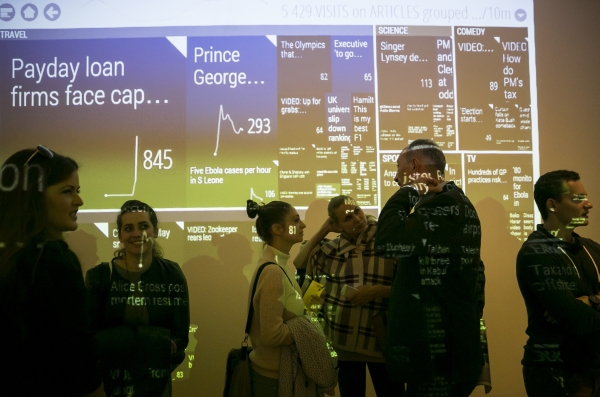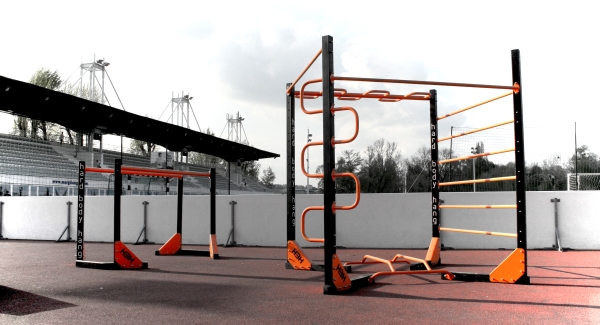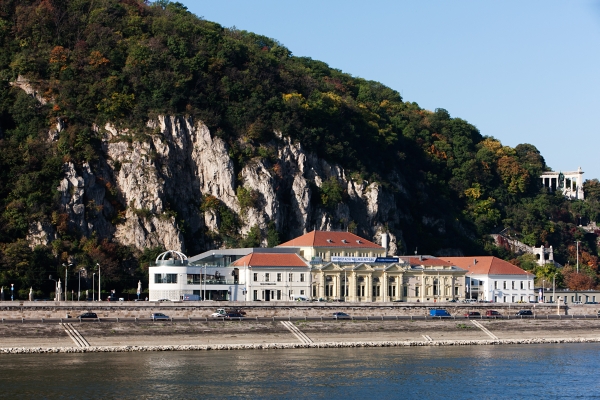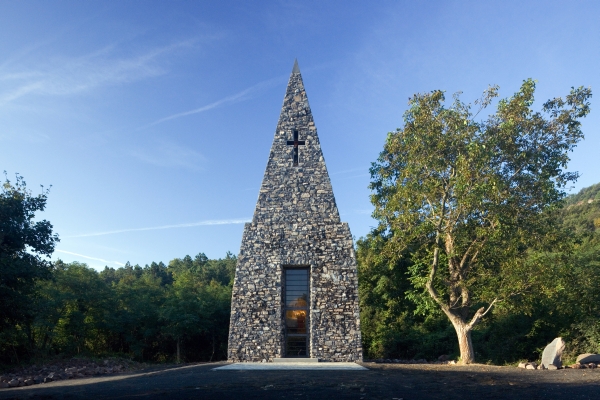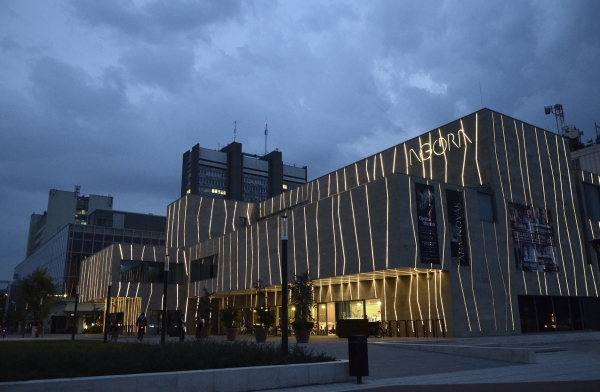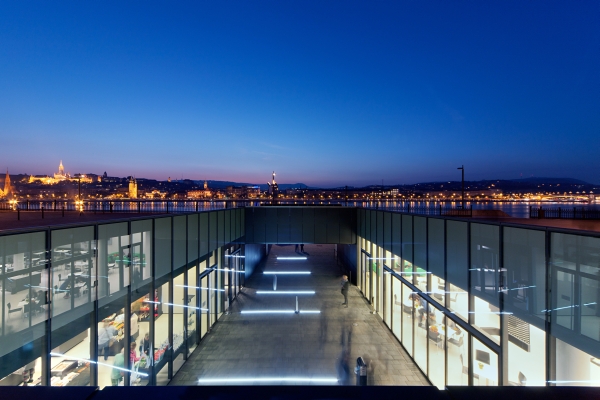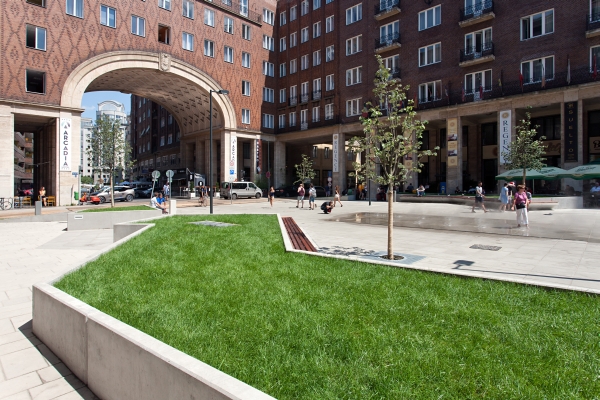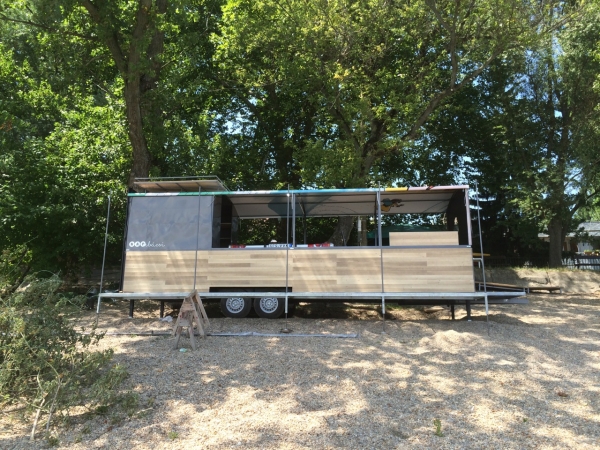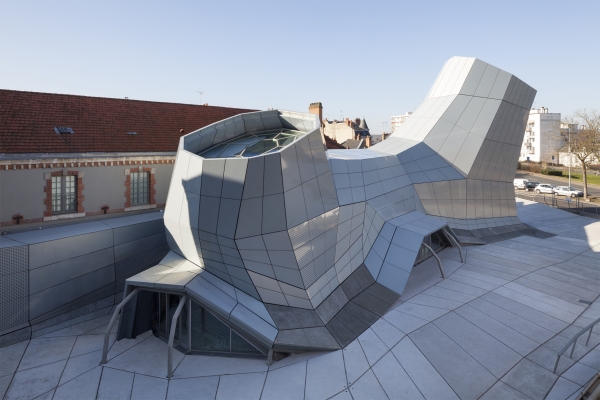Sorry, this entry is only available in Hungarian.
Figurative sense
Budapest Design Week 2014 Text: Eszter Götz, Edit Pálinkás This October Budapest Design Week organised for the 11th time brought the best of Hungarian and international design to the Hungarian capital, offering a wide range of programs. Our everyday lives are more and more pervaded by technology and the internet, by the use of smart […]
Hungarian Design Award 2014
Museum of Applied Arts, Budapest, 7 October – 2 November 2014 The objective of the Hungarian Design Award is to showcase and promote the achievements of Hungarian design, to acknowledge the prominent figures of Hungarian design and to improve the competitiveness of Hungarian products in the international arena with the tools of design. The Hungarian […]
Emblematic Renewal
Extension and Reconstruction of Rudas Baths Architect: Péter Vékony Text: Miklós Okrutay Photos: Tamás Bujnovszky Referring to Budapest as a city of baths is a call-word not only for visitors but also for natives, especially as it is also rich in outdoor beaches, lidos and sports swimming pools besides the traditional medicinal baths and spas. […]
Everything Together
St. István’s Chapel, Badacsonytomaj Architect: Tibor Jankovics Text: András Krizsán Photos: Tibor Zsitva The chapel in Badacsonytomaj designed by Tibor Jankovics reflects a search for the interplay between human beings and the sacred. The venue, the Balaton Region north of the lake features seas of stones everywhere, spreading as far as the horizon. Thousands of […]
Excellent Vintage
Festival Valley, Tokaj Architect: Csaba Bodonyi Text: Edit Pálinkás Photos: Ákos Sárai, Tibor Hanák, Edit Pálinkás Closed down for good in 1999, the quarry in Tokaj almost exactly evokes the experience of an open-air ancient Greek theatre with its well-known setting. As a result, it offers an ideal venue for outdoor events. The idea to […]
Continuity Recovered
Agora, Szolnok, The Extension of Aba-Novák Culture Centre Architects: László Deák, Árpád Álmosdi, Monika Csendes Text: Csaba Masznyik Photos: Donát Álmosdi, Árpád Álmosdi The end of summer saw the opening of Agóra in Szolnok which is the result of the extension of the municipal culture centre. Finished in 1979, Aba Novák Culture Centre still reflected […]
From a New Viewpoint
Europe, Hungary, Budapest, Kossuth Square Architect: Zoltán Tima Text: Gábor Turányi Photos: Tamás Bujnovszky Newly born Kossuth Square, including all its constituents, is actually a big step made by Budapest to virtually occupy the center of gravity of the Budapest–Rome–Barcelona geographical triangle. Not only regarding tourism, but also in the spiritual sense. Budapest–Stockholm 1,300 km, […]
Glass Cupola to Crown the Parliament in Vienna
Before a Complete Renovation: A 130 Year Old Building Along the 150 Year Old Ring Concept: Jabornegg & Palffy Architekten Text: György Szegő Visuals: Zoom Visual Project This January the most sustainable plan for the renovation of the Viennese Parliament was chosen from ten versions relying upon the Bundesimmobilien Gesellschaft. The former budget by Theophil […]
Direction to the Protective Zone
Madách Square, Budapest Architects: Platiniumgroup Text: Vilmos Katona Photos: Tamás Bujnovszky After the non-public design tender for students published by the local government of District VII, Budapest in 2012 which invited schemes for Madách Square a new solution replaced formally awarded ideas. Features and facilities of the site include Örkény Theatre as well as the […]
Preparing for Reality
POLC: The Exhibition of BME Faculty of Architecture Doctoral School FUGA, Budapest, 2-26 October 2014 Text: Krisztina Somogyi At the exhibition in FUGA, BME’s Faculty of Architecture Doctoral School naturally allowed us to get closer by giving us insights into the everyday reality of its trainings. It did not focus on phrasing new theses, creating […]
The City as a Vision
Homage to Michel Ragon FRAC Centre, Orléans, 19 September 2014 – 22 February 2015 Architects: Dominique Jakob, Brendan MacFarlane Text: György Szegő Photos: Diane Arques, Nicolas Borel, György Szegő A philosophical concept 2,000 years ago, the idea of a planned city has been more like a literary utopia in the past 500 years. Since more […]

